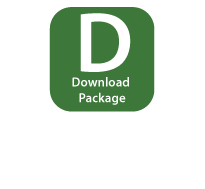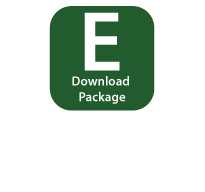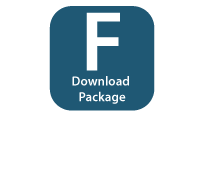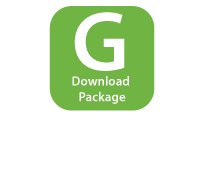Lesson A: Human Sounds in the Ocean
This lesson explores noise in the ocean, with a special focus on human-made sounds. The lesson is divided into three sections, each focusing on a different intrusive sound. The lesson includes experiments, discussions, and sound clips that can be used collectively or independently. This lesson can be used as an introduction to noise in the ocean or can be used as a supporting lesson for understanding noise impact on whales. This lesson is intended to inspire an awareness of noise and its potential impacts in the ocean.
Lesson Resources
Images
Media
External Links
Lesson B: Properties of Sound
In this lesson, students take on the role of an atom and explore sound as a form of energy and as a wave to better understand the movement of sound through the soundscape. Students use kinesthetic movements to explore the different components of sound. This lesson is intended to provide students with key vocabulary and concepts for the Shouting Whales unit. The lesson can be presented at any time during the unit.
Lesson Resources
Images
Media
External Links
Lesson C: Using Hydrophones for Research
In this lesson, students explore how hydrophones detect sound in the ocean, and how the data collected from hydrophones can be used to understand what is happening in the ocean. Students will listen to hydrophone data, which will lead them into the following lesson where they explore how to read hydrophone data.
Lesson Resources
Images
Media
Lesson D: Visual Representations of Sound
In this lesson, students will look at data collected from hydrophones and compare between waveform presentation of data and spectrogram presentation of data. Students will differentiate between the two forms and discuss the value and limitation of each. Also, students will compare what they learn by ear with what they can learn by eye. Throughout the lesson, the students will hear various aquatic sounds collected from hydrophones on the Ocean Networks Canada observatories.
Lesson Resources
Images
Media
Lesson E: The Role of a Researcher
In this lesson, students will explore how scientists identify and understand whale sounds and interactions. Students will explore different sounds both with audio and visual (spectrogram) interpretations. In the lesson, students will explore how researchers draw conclusions about whales and how they study the different types of calls. Students will also learn how researchers interpret hydrophone data, and how hydrophones are used for passive study of large marine animals.
Lesson F: A Whale’s Perspective
In this lesson, students participate in activities to try and understand ‘What is it like to be a whale?’ Using simple games, experiments, and a bit of imagination, students try and understand noise pollution from the whale’s perspective. Students record their experiences with and without noise pollution in order to gain empathy for whales and experience noise pollution from a whale’s perspective.
Lesson Resources
Images
Media
Lesson G: Improving the Marine Soundscape
Throughout the unit, students have been exploring the science of sound as well as acoustical data collected by Ocean Networks Canada’s hydrophone arrays. Students have been asked to think critically about how whales experience the marine soundscape, various human impacts on the marine soundscape, and how marine mammals (specifically killer whales) function in the marine environment. In this final lesson, students are asked to create an answer to the question, “How can improvements be made to the soundscape of marine mammals through action, legislation, and information?” Students are tasked with coming up with an action plan to either inform, elicit action, or inspire legislation about the marine environment.
Lesson Resources
Media
External Links
